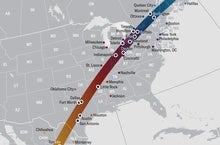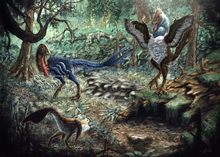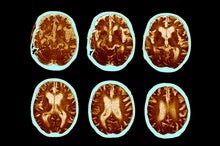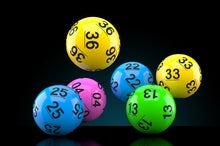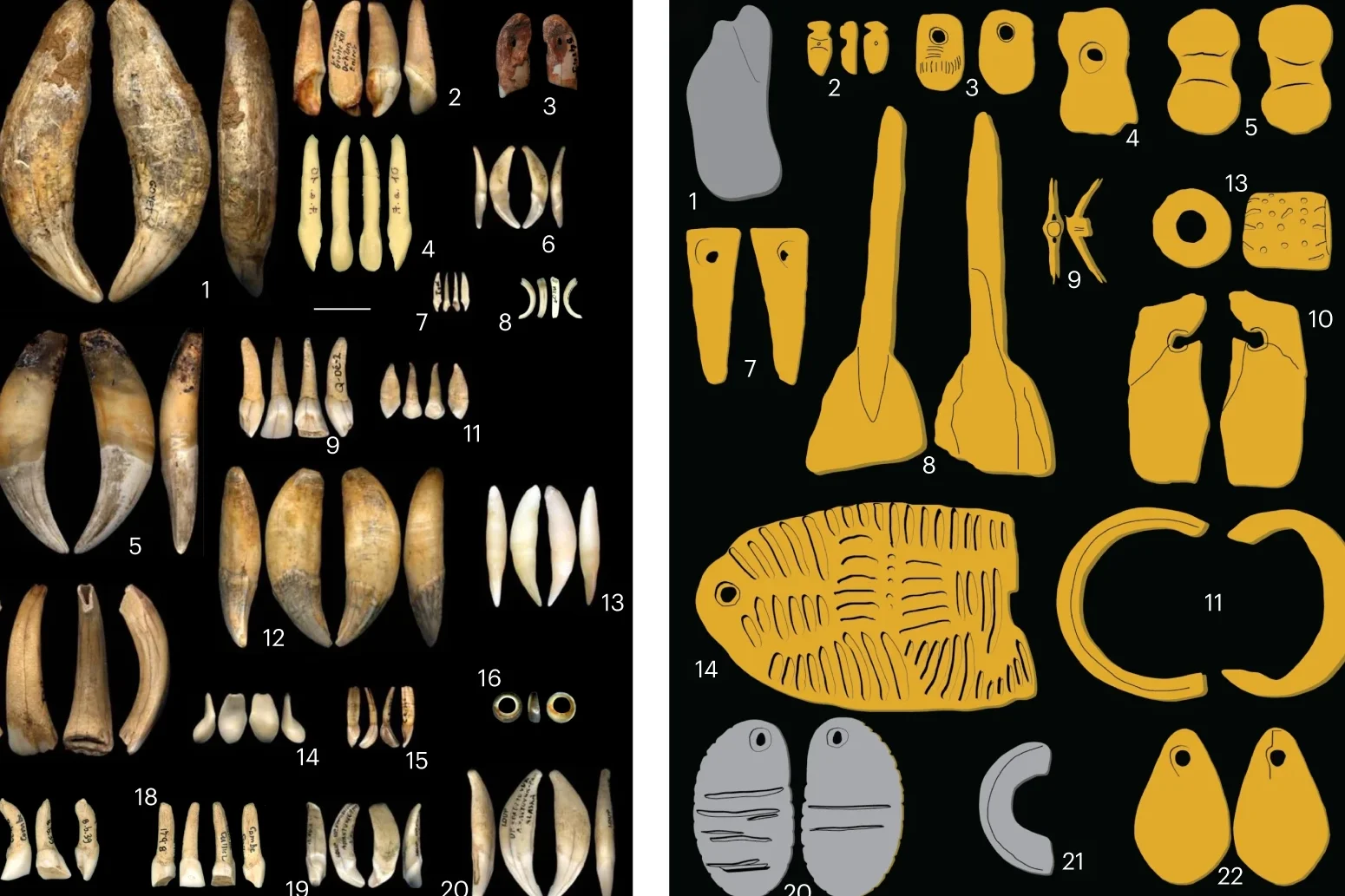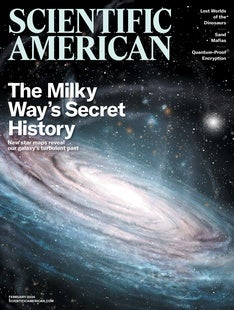 |
| February 02, 2024 |
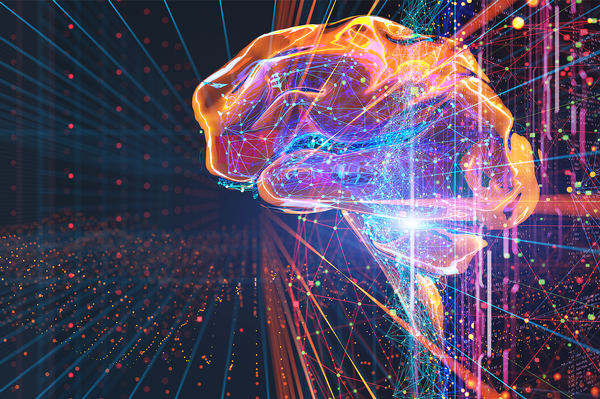 |
| |
| |
| |
| |
| |
| |
| Paleontology New 'Chicken from Hell' Discovered A newly identified "chicken from hell" species suggests dinosaurs weren't sliding toward extinction before the fateful asteroid hit | | By Kyle Atkins-Weltman,Eric Snively,The Conversation US | | | |
| |
| |
| |
| |
| |
BRING SCIENCE HOME
 | | The Tower of Hanoi |  Tricky towers: see how math can help solve this age-old pattern puzzle Credit: George Retseck | Are you tired of math work sheets and homework? Did you know that there are more creative ways to exercise your mathematical muscle? A lot of games, puzzles and riddles revolve around mathematical concepts. Think about simple games such as tic-tac-toe, more strategic games such as chess or math puzzles such as sudoku. People have been playing these games and puzzles for centuries! They are fun, entertaining and sometimes useful. See how you enjoy this one. | |  | |
LATEST ISSUES
 |
| |
| Questions? Comments?  | |
| Download the Scientific American App |
| |
| |




